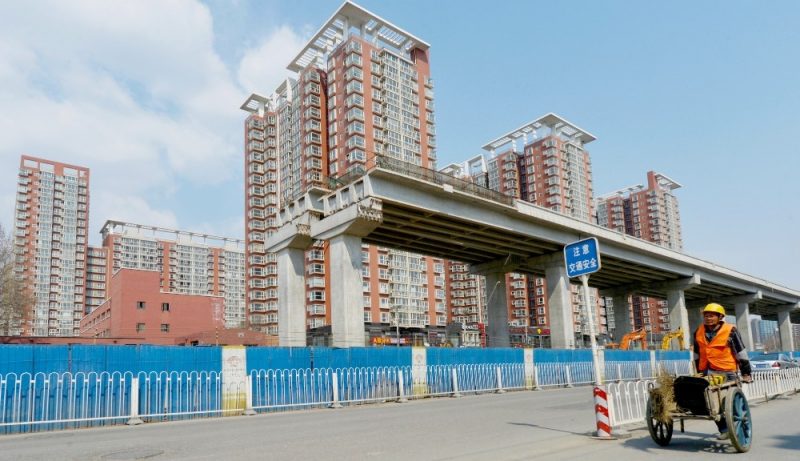China Nov producer prices rise at fastest pace in 5 years as commodities climb

BEIJING : China’s producer prices rose the fastest in more than five years in November as prices of coal, steel and other building materials climbed, boosting industrial profits and giving firms more cash flow to pay off mountains of debt.
The producer price index (PPI) rose 3.3 percent last month from a year earlier, a pace not seen since late 2011 and well above expectations, the National Bureau of Statistics (NBS) said on Friday.
On a monthly basis, producer prices rose 2.1 percent. China’s consumer inflation rate also quickened to 2.3 percent on-year, the highest since April, due to higher food prices.
Analysts polled by Reuters had expected a gain in producer prices of 2.2 percent, up from 1.2 percent in October, while consumer prices had been expected to pick up marginally to 2.2 percent from 2.1 percent.
A construction boom led by higher government spending and a blistering housing market rally have boosted prices for materials from steel and copper to glass and cement, with speculators adding fuel to a months-long rally in China’s commodity futures markets.
Government efforts to reduce excess capacity in industrial and mining sectors have also buoyed prices by creating shortages in some areas, such as coal. Industrial profit growth picked up speed in October, rising 9.8 percent from a year earlier.
But government officials and some analysts have warned that the gains have been overly reliant on rising prices and may not confirm a sustained increase in real demand. They have also appeared to benefit “old economy” heavy industries more than other parts of the economy.
Economists at ANZ estimate that higher prices of metals, mainly steel, and coal account for nearly half of the PPI changes. But they maintain the broader-based producer price index still has a higher correlation with economic activity and interest rates than consumer prices, which are primarily driven by food prices and underestimate housing costs.
Though factories have been largely able to pass on higher production costs by raising prices of their goods, analysts do not expect the trend to pose immediate challenges for the central bank as it will take some time to filter through to consumer inflation.
November’s consumer inflation was again buoyed by a jump in food prices compared with same period last year, which rose 4 percent. Non-food prices inched up 1.8 percent versus October’s 1.7 percent.
More upbeat producer and consumer inflation data reinforce views that the central bank will be in no rush to loosen monetary policy any time soon. China’s central bank has not adjusted interest rates since October 2015, when worries about deflation were more predominant.
The central bank said in its third-quarter monetary policy implementation report it will maintain ample liquidity in the financial system while taking steps to prevent asset bubbles in an increasingly leveraged economy.
China’s economy expanded at a steady 6.7 percent in the third quarter and looks set to hit Beijing’s full-year target, fueled by stronger government spending, record bank lending and a red-hot property market that are adding to its growing pile of debt.










